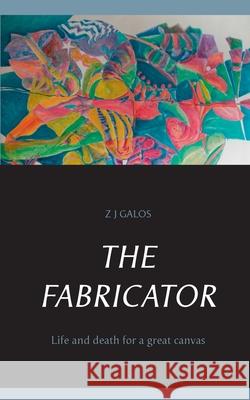The Fabricator: Life and death for a great canvas » książka
topmenu
The Fabricator: Life and death for a great canvas
ISBN-13: 9783750452350 / Niemiecki / Miękka / 2020 / 202 str.
The Fabricator: Life and death for a great canvas
ISBN-13: 9783750452350 / Niemiecki / Miękka / 2020 / 202 str.
cena 131,66 zł
(netto: 125,39 VAT: 5%)
Najniższa cena z 30 dni: 122,23 zł
(netto: 125,39 VAT: 5%)
Najniższa cena z 30 dni: 122,23 zł
Termin realizacji zamówienia:
ok. 13-18 dni roboczych.
ok. 13-18 dni roboczych.
Darmowa dostawa!
Kategorie:
Kategorie BISAC:
Wydawca:
Books on Demand
Język:
Niemiecki
ISBN-13:
9783750452350
Rok wydania:
2020
Dostępne języki:
Niemiecki
Ilość stron:
202
Waga:
0.20 kg
Wymiary:
20.320.3 x 12.720.3 x 12.7 x 1
Oprawa:
Miękka
Wolumenów:
01











